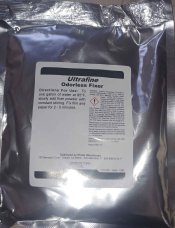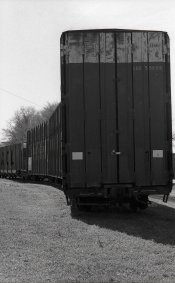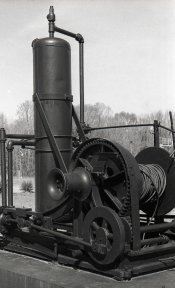I a new to film developing.
Bought a powder fixer (from ultrafine) see attached.
It is meant to mix 1 gallon. But I need to process just 2 rolls of film every 1.5 months or so (sofar).
I will not be using the 'double bath method'.
My film is always going to be Ilford HP5+ ISO 400, 35mm, shot at box speed.
Is it possible to split into content of the bag into smaller bags (and just mix a small portion of the powder) ?
I do not mind mixing every time before I develop.
If yes, what should be the weight of the splits, and are there any specific storage precautions (I plan to just have the powder in freezer plastic bags).
I searched the forum but did not find any posts on splitting.

-- --
The bag with powder weights 708 grams. Without powder 17 grams.
I also measured second bag I had, and that one is 713 grams.
This fixer seems to be 'non-hardening', it has boric acid.
Bought a powder fixer (from ultrafine) see attached.
It is meant to mix 1 gallon. But I need to process just 2 rolls of film every 1.5 months or so (sofar).
I will not be using the 'double bath method'.
My film is always going to be Ilford HP5+ ISO 400, 35mm, shot at box speed.
Is it possible to split into content of the bag into smaller bags (and just mix a small portion of the powder) ?
I do not mind mixing every time before I develop.
If yes, what should be the weight of the splits, and are there any specific storage precautions (I plan to just have the powder in freezer plastic bags).
I searched the forum but did not find any posts on splitting.

-- --
The bag with powder weights 708 grams. Without powder 17 grams.
I also measured second bag I had, and that one is 713 grams.
This fixer seems to be 'non-hardening', it has boric acid.
Last edited:





 .
.

